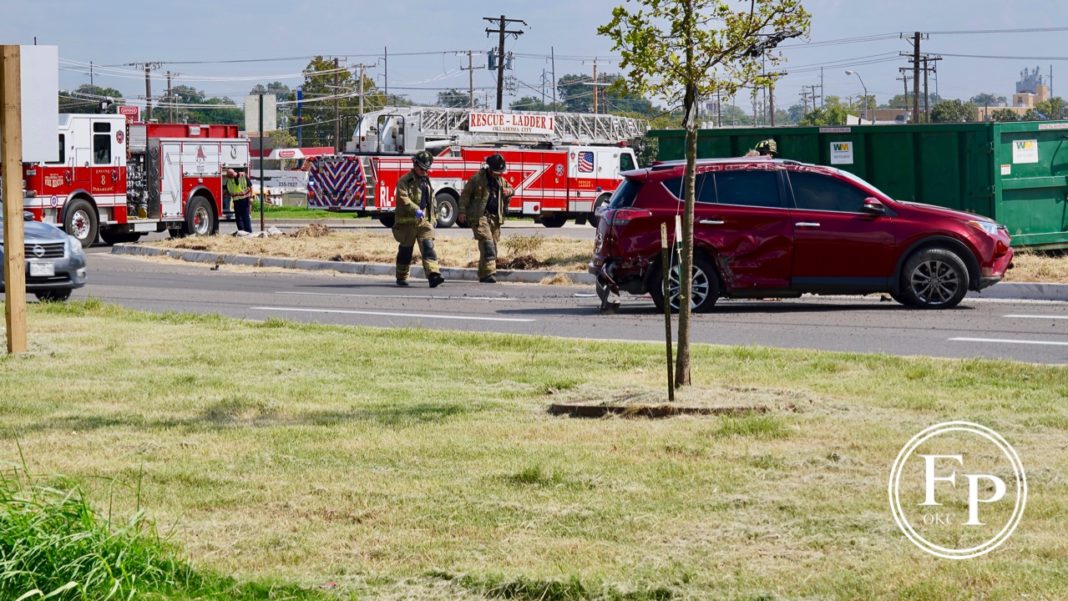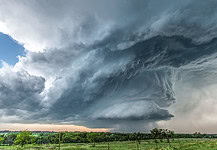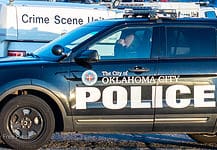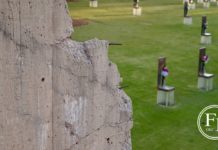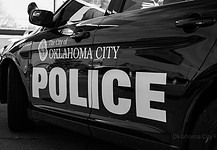Last Updated on September 20, 2019, 3:03 PM | Published: September 19, 2019
Oklahoma City Police report a steady auto-to-auto accident rate on Oklahoma City Boulevard one month after its opening, most at one intersection.
Free Press reported two collisions on the boulevard within the first 48 hours after it’s opening, both where S. Klein and the boulevard intersect near Farmers Market west of downtown.
Since then, the known auto accident count has continued to add up.
Wrecks multiply
Tuesday, the latest collision occurred at that intersection with injury.
Eight auto-to-auto crashes out of a total of 11 have occurred at S. Klein and Oklahoma City Boulevard since the opening August 19. Two of the eight have been with injury.
The intersection has a two-way stop instead of a four-way stop by design. Traffic going east and west on the boulevard have no stop sign at that intersection, only north-south traffic on Klein.
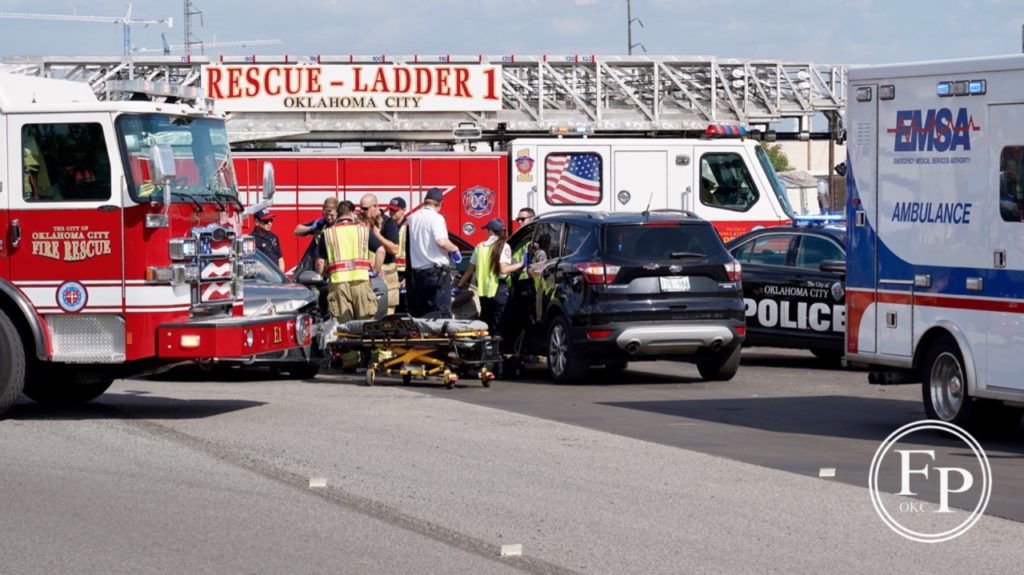
Most of the other non-signaled intersections to the east toward downtown are four-way stops or have signals.
The intersection is the last one at-grade going west of downtown. The others further west use expressway-type access ramps.
ODOT project
The Oklahoma Department of Transportation has been in charge of building the boulevard as the last phase of a decades-long project to move the I-40 corridor to the south, demolish the old Crosstown Expressway, and then build the boulevard where the Crosstown once was.
Once it is finished, it will be turned over to the City of Oklahoma City.
For our first report on the problematic intersection, Brenda Perry with ODOT responded to our questions about whether the two-way stop was temporary.
She said the two-way stops on both sides for traffic crossing the boulevard both ways is a permanent design of the intersection.
They have no plans to add a signal before turning the road over to Oklahoma City.
City planners have been reluctant to speak or speculate about the boulevard while it is still officially a project of ODOT.
ODOT did not respond to our request for comment for this new report.
Big opening
Oklahoma City Boulevard was opened with with a ceremony August 19.
Oklahoma Governor Kevin Stitt and Oklahoma City Mayor David Holt spoke to the occasion on a spot where it creates a seven-lane (counting parallel parking) expanse between the existing Myriad Gardens and the new Scissortail Park still under construction.
Some Oklahoma Department of Transportation engineers were there who had literally spent their entire ODOT careers working on the complex demolition of the previous elevated Crosstown Expressway that carried I-40.
Then, they worked on the development of the new I-40 corridor to the south, finally closing out their careers with the development of Oklahoma City Boulevard.
Effective opposition
Original designs by ODOT would have turned the right-of-way of the old Crosstown into a business loop where traffic would fly over the neighborhoods to the west of downtown on an elevated roadway.
But, civic leaders and a few members of the press effectively opposed the intensive design that would have divided or destroyed neighborhoods in the area.
ODOT engineers eventually agreed to a design that kept most of the intersections at grade that would allow for pedestrian and bicycle traffic.
Free Press will continue to cover issues with the boulevard as the state turns over the street to Oklahoma City.
Founder, publisher, and editor of Oklahoma City Free Press. Brett continues to contribute reports and photography to this site as he runs the business.
